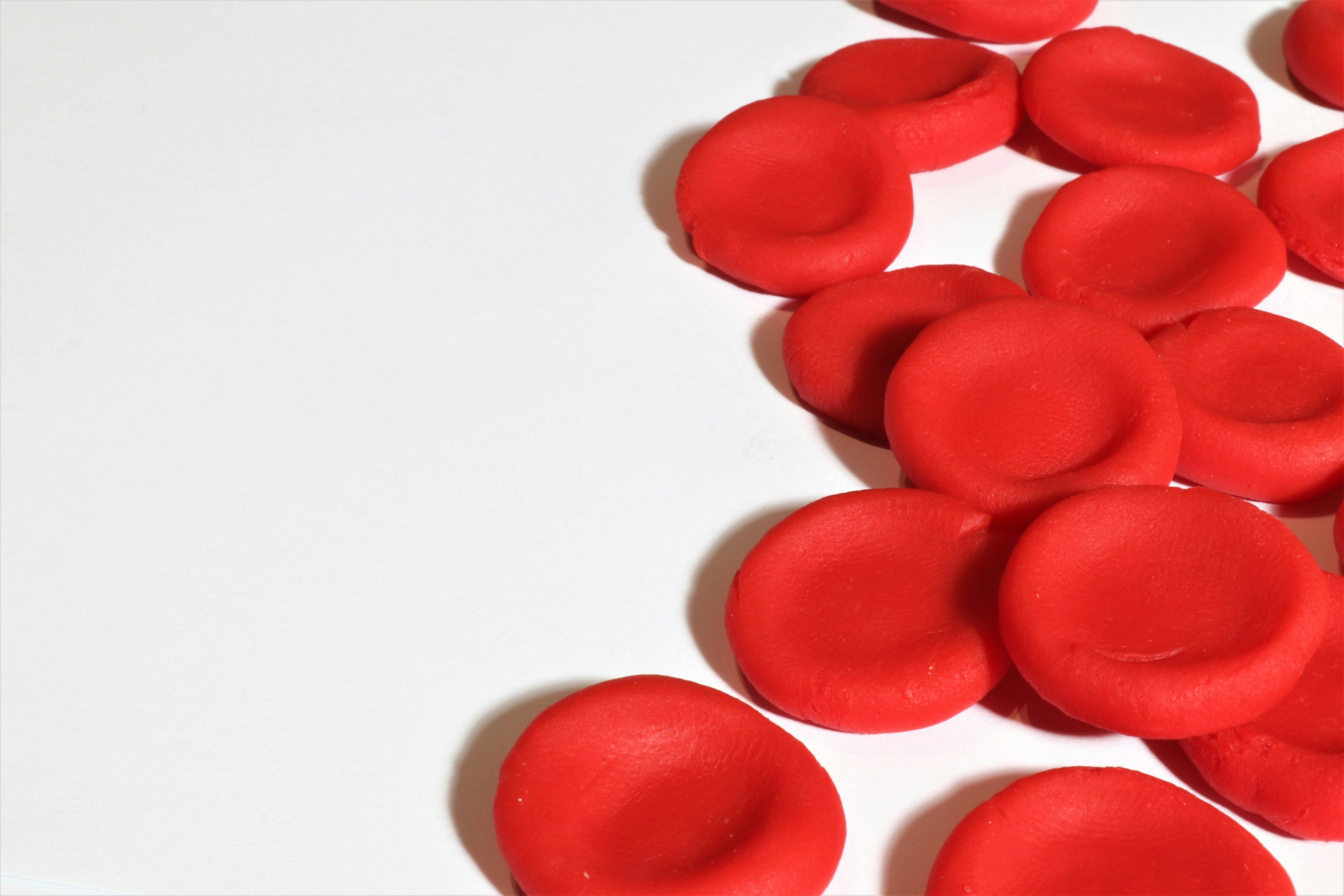Do you ever feel tired and have no idea why? Just a complete absence of serotonin?
Your anxiety might be more environmental than existential.
Your Emotions Run On Oxygen
Your ability to “keep it together” comes down to a balancing act between the prefrontal cortex and the amygdala (read: the drama queen).
Fewer outbursts, better decisions, and a calmer you . . . are all achieved when it’s working well. When you’re emotionally regulated, it’s not that you don’t feel. You just don’t let those feelings take the wheel. Your brain evaluates, moderates, and responds.
But that process? It’s metabolic. It needs oxygen like a fire needs fuel.
Indoor Air Is Playing You
Let’s talk numbers. The average person spends 90% of their time indoors, and most indoor spaces—especially well-insulated ones—have CO₂ levels that climb fast and stick around.

And here’s the kicker:
When CO₂ levels pass 1000 parts per million (ppm), your cognitive function dips, your decision-making slows, and your ability to regulate emotions drops off a cliff. That foggy, frustrated, “what is wrong with me” feeling?
It’s hypoxia. With a laptop.
The Science: It’s in Your Blood (Literally)
Oxygen enters your lungs, binds to hemoglobin, and rides your bloodstream to the brain. There, it fuels the mitochondria—your cell’s little engines. No oxygen? The engines stall.
You get:
- Shorter fuse
- Slower thinking
- Elevated cortisol
- Impaired memory recall
- Poorer judgment
So What Does Better Air Actually Do?
When the oxygen goes up, the anxiety goes down.
When CO₂ drops, your working memory rebounds.

In one study, people working in oxygen-rich, clean-air offices performed . . .
Before you fix your mindset, fix your microclimate.
More often than not, self-control starts with cellular oxygen, and sometimes, the best way to feel better . . . is to just breathe differently.




Leave a comment
This site is protected by hCaptcha and the hCaptcha Privacy Policy and Terms of Service apply.